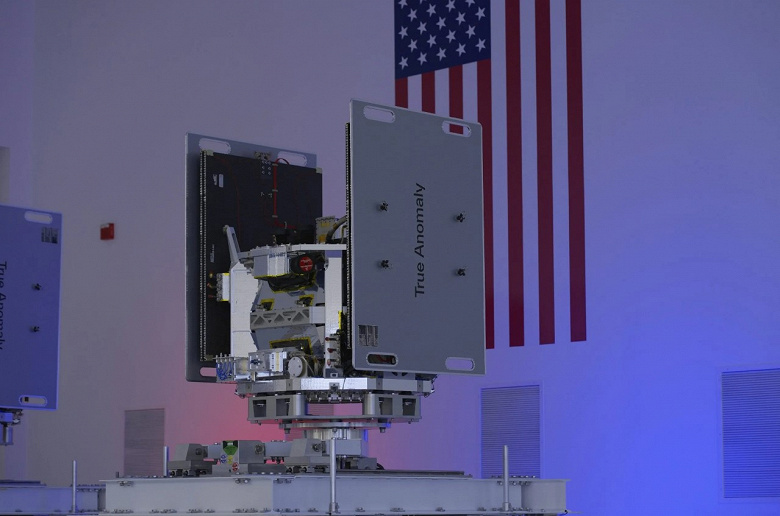The upcoming mission is a step towards the key goal of launching a “constellation of satellites” into geostationary orbit
Space startup True Anomaly is preparing for the first launch of its two satellites, which will maneuver and photograph objects in orbit. This space startup was founded in 2022 and raised $100,000,000 in funding in December 2023.
Two Jackal satellites weighing about 300 kilograms each. They are scheduled to launch on a SpaceX Falcon 9 rocket as part of the Transporter-10 mission, scheduled for March 1. The main feature of Jackal is their ability to image other satellites in high resolution. They will maneuver very close to each other to create detailed images. In the debut mission, one of the Jackal satellites will take detailed pictures of the other.
True Anomaly co-founder and CEO Even Rogers describes Jackal as a new class of spacecraft. The company aims to compete for market share of space imagery that does not involve Earth. Following changes to the licensing process announced last year by the National Oceanic and Atmospheric Administration, True Anomaly will offer these capabilities as a commercial service.
The company has already received a license from NOAA to carry out the first mission in low Earth orbit. However, True Anomaly plans to expand its operations and apply for new licenses to place satellites with similar capabilities in higher orbits.
According to Rogers, one of the main interests of True Anomaly – meeting the growing demand for high-quality data on the space environment. Each Jackal is equipped with five sensors, which include radar, shortwave infrared, longwave infrared, wide-angle and narrow-angle cameras.
Rogers is optimistic about the future of the business. While the potential for investment in developing and sustaining the industry remains unclear, startup executives say they expect demand for “space awareness” to grow as space becomes more crowded and rival countries actively deploy tracking systems.
According to Rogers, after successful testing of the technology in orbit, the company plans to create a «constellation of satellites» for launch into geostationary orbit.

